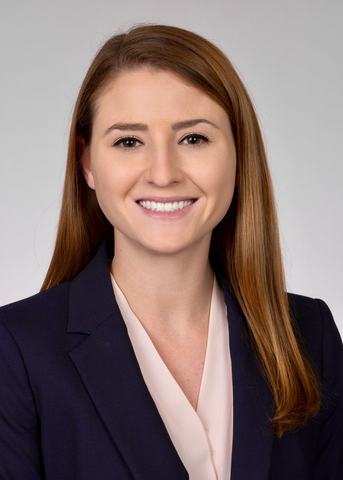CHLA Researchers Find That Length of Opioid Treatment for Hospitalized Infants Differs by Institution and Geography
12 Mar 2024

Preview
Source: Business Wire
'Our findings reinforce the need to establish national standards for best practices in opioid prescription in infants'

Preview
Source: Business Wire
In a study published in JAMA Network Open, researchers at Children’s Hospital Los Angeles found the opioid treatment that critically ill, hospitalized infants received depended on their location. The length of time the infants were prescribed opioids differed by geographic region across the U.S.— the Northeast, South, Midwest or West. And up to 16% of this variability in infant opioid prescriptions and 20% of the methadone prescriptions—the medication used to help wean infants safely from opioids—depended on the individual hospital.
“Opioid prescribing patterns for adults have been well-studied, but this study is the first to examine inpatient opioid prescribing patterns in critically ill infants on a national scale,” says Olivia A. Keane, MD, lead author on the paper. “Our study reports wide variation in opioid prescribing and thus exposure of infants to opioids across institutions.” Dr. Keane notes that the lack of standardized guidelines for opioid prescribing in infants can lead to significant differences in hospitalization length of stay, days on mechanical ventilation, days of IV nutrition, and can also impact healthcare costs.
Pain relief vs. long-term effects
“Additionally, prolonged opioid exposure in high-risk hospitalized infants has been implicated in worsening neurodevelopmental outcomes,” Dr. Keane says. “Thus, lack of standardization and the significant variation demonstrated by our study may put some infants at higher risk of poor long-term outcomes.”
Children’s Hospital Los Angeles researchers and their collaborators conducted a retrospective study of 132,658 high-risk infants under 1 year old who were treated in 47 different children’s hospitals around the U.S. The most common high-risk diagnosis was congenital heart disease (65%), 30% of infants were born prematurely, and over half underwent surgery.
During their hospital stay, 76% of infants were prescribed opioids such as fentanyl, morphine and hydromorphone, and about 8% received methadone. But infants’ exposure to opioids and methadone post-treatment varied significantly by hospital and location. “Our findings reinforce the need to establish national standards for best practices in opioid prescription in infants,” says Lorraine Kelley-Quon, MD, MSHS, pediatric surgeon and senior study author who directs the Health Outcomes and Policy Effects Laboratory at Children’s Hospital Los Angeles.
Founded in 1901, Children’s Hospital Los Angeles is at the forefront of pediatric medicine and is the largest provider of hospital care for children in California. Children’s Hospital is home to renowned experts who work together across disciplines to deliver inclusive and compassionate care, and drive advances that set pediatric standards across the nation and around the globe. Children’s Hospital Los Angeles provides a level of care to its diverse population of children that is among the best in the world. The hospital is consistently ranked in the top 10 in the nation on U.S. News & World Report’s Honor Roll of Best Children’s Hospitals, including No. 1 in California and No. 1 in the Pacific U.S. region. Children’s Hospital Los Angeles embraces its mission to create hope and build healthier futures. Children’s Hospital Los Angeles is among the top 10 children’s hospitals for National Institutes of Health funding. The Saban Research Institute of Children's Hospital Los Angeles supports the full continuum of research, allowing physicians and scientists to translate discoveries into treatments and bring answers to families faster. The pediatric academic medical center also is home to one of the largest training programs for pediatricians in the United States. And the hospital’s commitment to building strong communities is evident in CHLA’s efforts to fight food insecurity, enhance health education and literacy, and introduce more people to careers in health care. To learn more, follow CHLA on Facebook, Instagram, LinkedIn, YouTube and X, formerly known as Twitter, and visit CHLA.org/blog.
For more details,please visit the original website
The content of the article does not represent any opinions of Synapse and its affiliated companies. If there is any copyright infringement or error, please contact us, and we will deal with it within 24 hours.
Indications
Targets
-Hot reports
Get started for free today!
Accelerate Strategic R&D decision making with Synapse, PatSnap’s AI-powered Connected Innovation Intelligence Platform Built for Life Sciences Professionals.
Start your data trial now!
Synapse data is also accessible to external entities via APIs or data packages. Leverages most recent intelligence information, enabling fullest potential.




